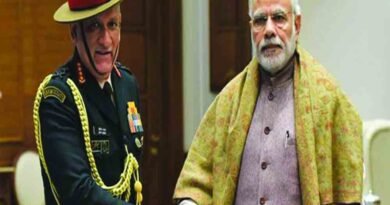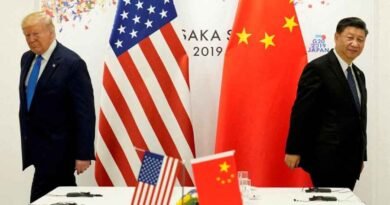CWG: Coming off with flying colours!
Indian sportspersons have done the nation proud with their exceptional performance in Birmingham Commonwealth Games
Indian athletes performed well in the recently concluded Birmingham Commonwealth Games (CWG) by securing a tally of 22 gold, 16 silver, and 23 bronze medals and fourth position after Australia, England and Canada. The Ernakulam-born Navyman, 25-year-old Eldhose Paul won a historic triple jump gold and became the sixth Indian to win a CWG gold since legendary Milkha Singh won it in 1958 in 440 yards. India bagged four medals on the concluding day of the athletics competition coming within 30 minutes and the medal tally from Athletics swelled to eight -1 gold, 4 silver, and 3 bronze which is the best in the CWG history outside the country and only second to the haul at the 2010 edition in Delhi.
The Indian women’s hockey team overcame the stopwatch controversy to beat New Zealand 2-1 and win the bronze medal. PV Sindhu and Lakshya Sen achieved gold in women’s and men’s singles in Badminton. A total of 215 athletes represented India in 15 disciplines. Almost all states and Union territories were represented, among which Haryana with 39 athletes had the highest representation followed by Punjab (26), Tamil Nadu (17), and Maharashtra and Delhi (14 each).
India has its own geography of sports. The medal prospects come in a wide range of sports, each of which enjoys popularity in a different region. The northern states of Haryana and Delhi had a representation in contact sports like Judo, Wrestling, and Boxing. Haryana has excelled by producing some of the best Indian athletes across events such as Boxing, Track & Field events, and Cycling. In the women’s hockey team which narrowly missed out on an Olympic medal, eight women in the squad of 18 were from Haryana. Several boxers and wrestlers like Vinesh Phogat, Sakshi Malik, and Jasmine Lamnoriya have many medals. The southern states of Telangana, Tamil Nadu, and Kerala have a talent in Racquet sports such as Badminton, Squash, and Table Tennis. The sportspersons from this region distinguished themselves by achieving recent successes. Badminton stars PV Sindhu and Kidambi Srikanth come from Telangana and at least seven squash players and five table tennis players come from Tamil Nadu. In North-East, Assam, having the 15th highest population in India and almost negligent resources in comparison to Haryana and Tamil Nadu, sent seven athletes to Birmingham. Andaman & Nicobar Islands with a population of four lakhs has done remarkably well in cycling by giving Esow Alben, the first Indian cyclist to reach the top 10 of the world rankings. Analysing the sports scenario and the performance of athletes, it is clear that most of the star athletes who performed well come from humble family backgrounds, and if better facilities are provided to our youth their performance can be improved. Reacting to a report submitted by the amicus curiae, senior advocate Gopal Sankaranaryanan suggested that the ‘narrow’ phase ‘sport’ be replaced by ‘physical literacy’ which is a term “firmly established as right in the leading sporting nations of the world”, the Supreme Court has asked the Centre and States to respond to a report recommending sports to be expressly made a fundamental right under Article 21 of the Constitution. A bench led by Justice L. Nageshwar Rao had directed the Centre to respond to the report’s view to establishing a ‘National Physical Literacy Mission’ to “give effect to the right by establishing and implementing a responsibilities matrix that includes curriculum design, compliance monitoring and review, grievances redress and self-correction mechanisms” . “All school boards, including CBSE, ICSE, State Boards, IB, IGCSE, should be directed to ensure that from the academic year, at least 90 minutes of every school day will be dedicated to free play and games”, Mr Sankaranayanan’s report in the apex court recommended. He suggested that the State government ought to ensure that from the current academic year, “all non-residential colleges and schools should compulsorily allow access during non-working hours to neighbourhood children to use sports facilities for free, subject to basic norms of identification, security, and care”. The report further emphasized that 180 days’ time should be given to educational institutions to publish a ‘Physical Literacy Policy’ and create a committee to address cases where there is a failure in responsibilities to deliver the right to physical literacy of students.
Moreover, the National Education Policy (NEP,2020) emphasized on sports to be given due importance in the newly introduced inter-disciplinary pattern of education. Sports should be integral and made a compulsory part of education because it helps in developing good health, discipline, team spirit, and character building. A module including credits on Entrepreneurship, sports, life coping and communication skills should be worked out and should be made mandatory for all students right from high school onwards. The central and state governments should invest more and more in sports. Haryana is a living example to follow.
(The writer is a senior journalist and Chairman, Panwar Group of Institutions, Solan, Himachal Pradesh. The views expressed are personal.)
Source: PTI




